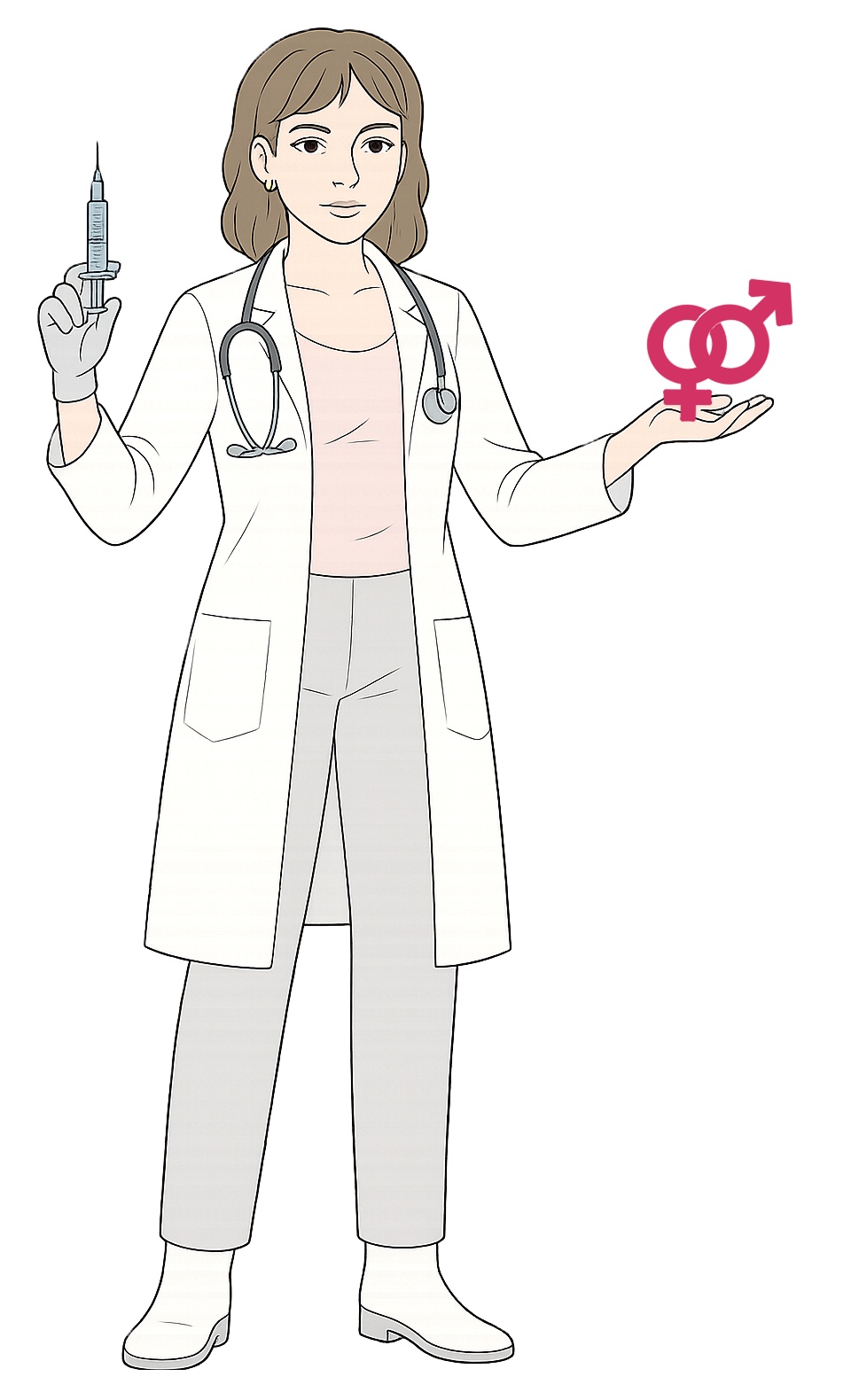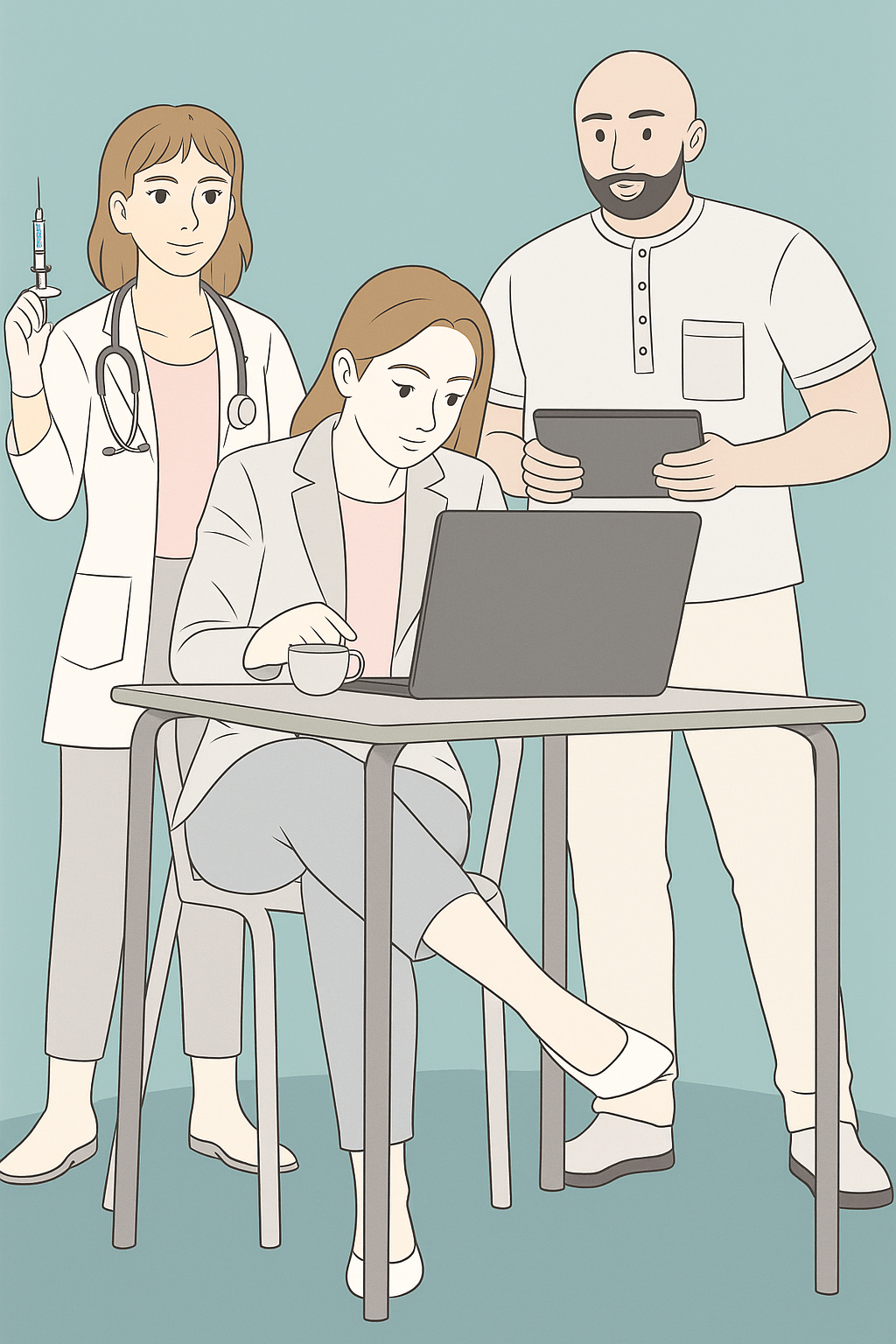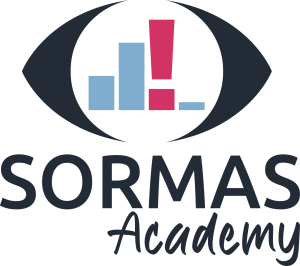Topic outline
-
 "Welcome to our Gender and Surveillance course!"
"Welcome to our Gender and Surveillance course!"This is where your journey in mastering the skills to understand and work with gender-related fields in the context of Gender and Surveillance in digital systems begins. Dive into an engaging interactive webinar, designed to not only provide vital information but also to test your understanding. This isn't just any demo - you'll answer questions and interact with it as you learn. After that, you'll take a short quiz to help reinforce what you have learned. If you finish all these activities, you'll get a special Digital Certificate to show that you have completed the course.
Let's start learning! -
This section will cover some of the basic things you need to know, when considering sex and gender. It builds upon the free online WHO course "Sex and gender in infectious disease programms" which is the foundation for the rest of this course. We recommend you complete the WHO course before continuing the SORMAS course if the concepts of sex and gender and their impact on surveillance and public health prgramms are new to you.
You can click here to view the free online course, which can be completed at any time1.
After completing the WHO course, try the quiz below to check your understanding! It’s optional and not needed to earn your certificate.
-
 "Considering sex and gender goes beyond disaggregating data. Let’s explore how to use SORMAS effectively to promote equity and improve public health outcomes."
"Considering sex and gender goes beyond disaggregating data. Let’s explore how to use SORMAS effectively to promote equity and improve public health outcomes."
In the past few sections you have learned the basics on sex and gender and how to differentiate between them. You have also started to gain an understanding of why it is important to consider those concepts when thinking about infection control within digital surveillance softwares like SORMAS.
The next section will provide multiple examples showcasing the effects of sex and gender. Remember that gender is contextual and implications might vary between countries and cultures. Not every example might fit the experiences in your region.
Within every scenario there will be a Step-for-Step-Guide on how to include relevant information within SORMAS. You can follow along in the SORMAS Demo system and try it out yourself. Remember to only add fictional data into the SORMAS Demo and no real names or health information.
-

"Let´s see how the SORMAS Gender Strategy contributes to our goals."
-
"Congratulations! You have made it to the end!"

You have taken your first steps into the world of the Surveillance Outbreak Response Management & Analysis System (SORMAS), an open-source software pivotal in managing and controlling infectious diseases globally. You have gained an understanding of the purpose of SORMAS, recognized the importance of collaborative efforts in data collection and analysis, and (hopefully) are now inspired to continue building your skills in this area to support your community.
You started by understanding the basic functionalities of SORMAS, covering ten different menus including case management, contact tracing, and data visualization. The course emphasized the role you play, whether as a surveillance officer or a lab manager, in the effective use of SORMAS for disease control and outbreak management. Through interactive activities like webinars, flashcards, quizzes, and games, you engaged with the content, reinforced your learning and understanding of key concepts.
In summary, this course offered you an engaging and comprehensive introduction to SORMAS, equipping you with the necessary skills and knowledge to effectively use the software in various public health roles. It highlights the collaborative nature of disease surveillance and the critical role of technology in managing health crises.
If you successful completed the course, you will now be awarded a Digital Certificate of Completion, acknowledging your readiness to contribute to global health surveillance efforts using SORMAS. Before we do that, please kindly complete a short Course Evaluation.


